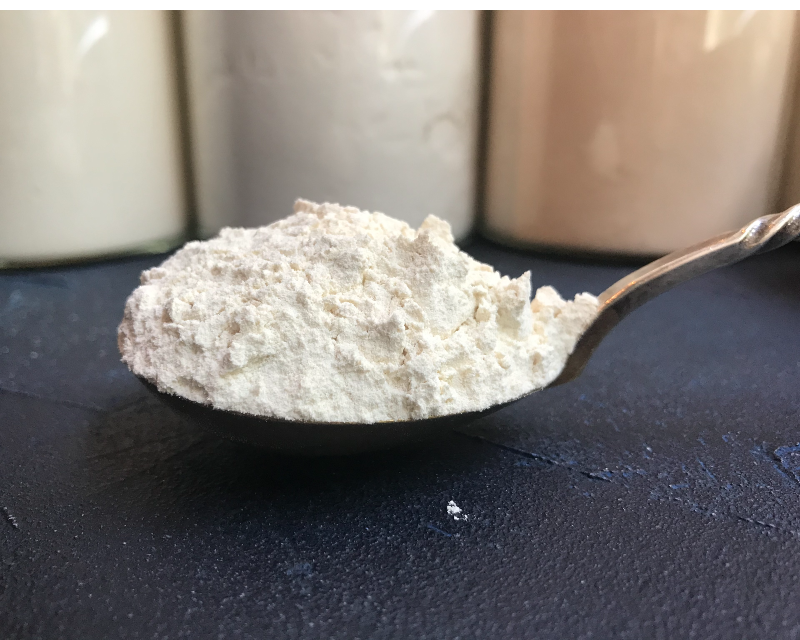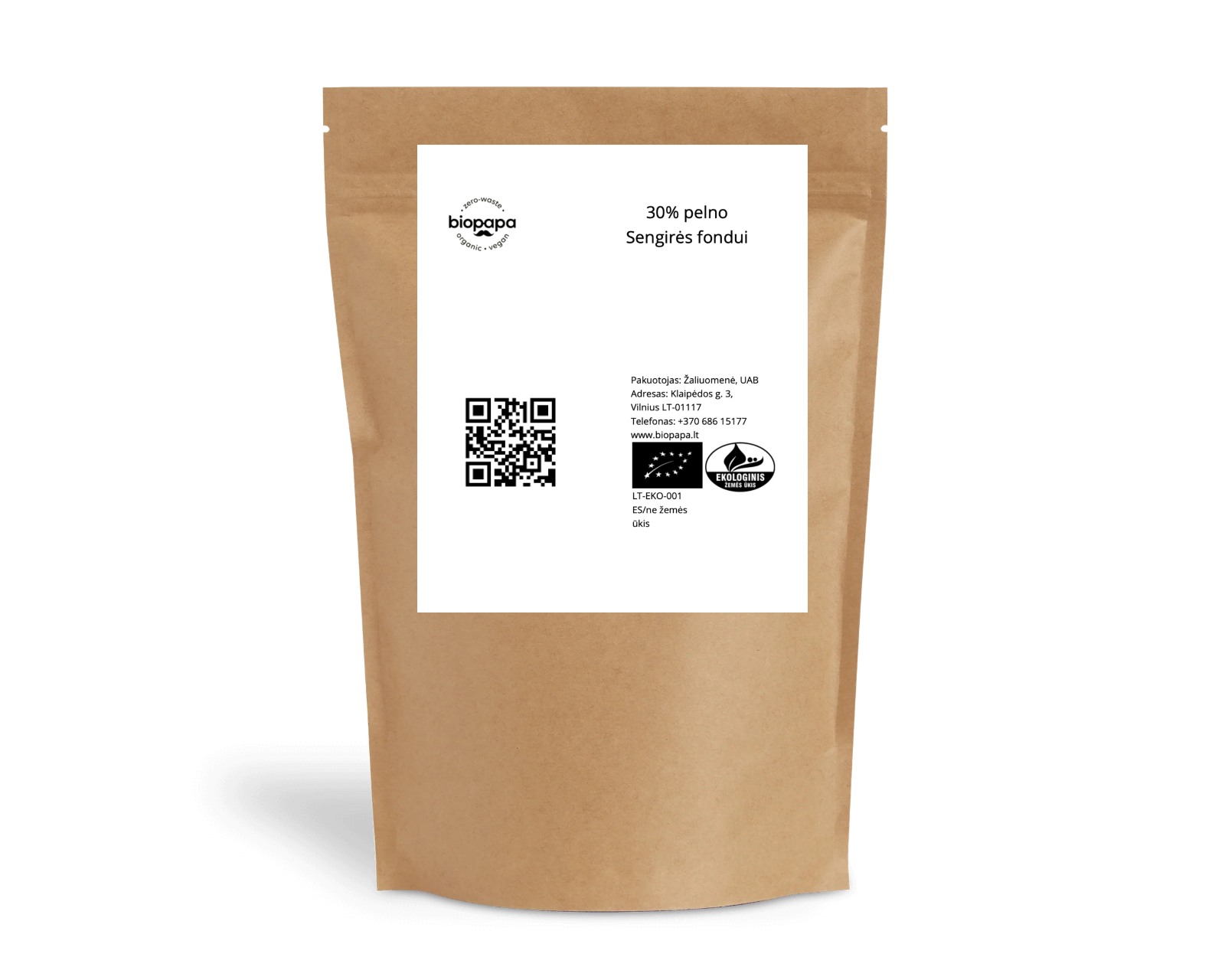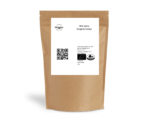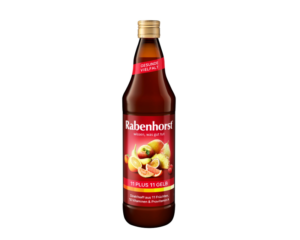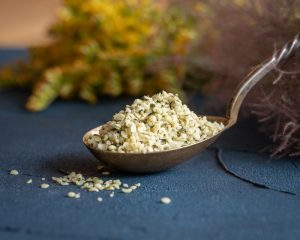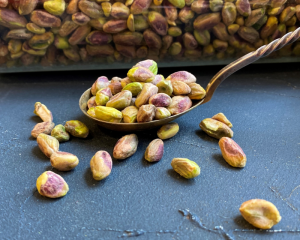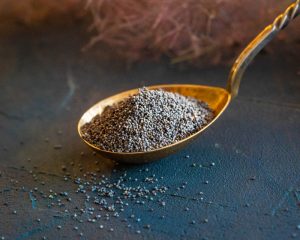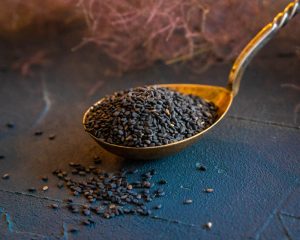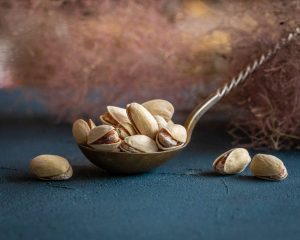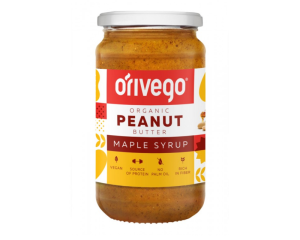The Bolivian balanda (Chenopodium quinoa) is a hardy plant native to the Andean highlands of South America, such as Peru, Bolivia and Ecuador. Called the “mother grain” by the Incas, quinoa has been cultivated for more than 5000 years. Today, it is considered a “superfood” all over the world.
Traditional use of Bolivian balanda
The Bolivian balanda has been an important food source, providing essential nutrients and energy for the people living in the mountains. Because it is high in protein and adaptable, it has often been considered superior to other cereals.
The Bolivian balanda had spiritual significance and was used by indigenous peoples in various religious ceremonies.
Bolivian balanda has sometimes been used in traditional medicine to treat ailments such as stomach upsets and skin diseases.
Bolivian balanda has recently become popular all over the world, and its flour is no exception.
This flour is a gluten-free alternative and is naturally gluten-free, making it a safe choice for people with coeliac disease or gluten sensitivity.
Quinoa flour is said to be easier to digest than some other gluten-free flours, making it an excellent choice for people with sensitive digestive systems.
Nutrients
1. Protein – a complete source of protein, which means it contains all nine essential amino acids. Bolivian balanda is particularly rich in lysine, an amino acid that is often limited in other plant-based foods.
2. Dietary fibre – a good source of fibre that aids digestion and helps regulate blood sugar levels.
3. Magnesium – this mineral is essential for many bodily functions, including muscle and nerve function, blood sugar regulation and bone health.
4. Manganese – plays an important role in bone formation, blood clotting and metabolism.
5. Phosphorus – essential for building and maintaining healthy bones and teeth, and for energy production.
6. Iron – contains iron, which is less absorbable than iron from animal sources, but is still an important mineral for carrying oxygen in the blood.
Folate (vitamin B9) – important for DNA synthesis, red blood cell formation and proper foetal development during pregnancy.
8. Riboflavin (vitamin B2) – helps in energy metabolism and helps maintain healthy skin, eyes and nerves.
9. Vitamin B6 – important for brain development and function, as well as for the production of neurotransmitters and red blood cells.
10. Vitamin E – this antioxidant helps protect cells from free radical damage and supports the immune system.
11. Thiamine (vitamin B1): thiamine is important for converting food into energy and for maintaining proper nerve function.
Vitamin B3 (niacin): plays an important role in DNA repair and cell metabolism.
13. Zinc – involved in the immune system, wound healing.
14 Copper – important for healthy bones and nerves, as well as for building collagen and red blood cells.
15. Potassium – helps regulate blood pressure, fluid balance and muscle and nerve function.
16. Selenium – acts as an antioxidant, helping to protect cells from oxidative damage.
Attention
Saponins – Bolivian balanda seeds naturally contain bitter-tasting saponins, which can be removed by washing before cooking.
Oxalates – Bolivian balanda contains oxalates, which can contribute to kidney stones in particularly sensitive people if taken frequently.
Use
Baking – replace wheat flour with Bolivian balsamic flour in baking recipes. They are gluten-free, give a nutty taste and increase the nutritional value of bakery products. Use quinoa flour to make pizza dough, bread, pancakes or pasta.
Thickening agent – quinoa flour can be used as a thickening agent for gluten-free soups and sauces.
Gluten-free – add a spoonful of Bolivian balanda flour to your smoothie for more nutrients.
Baby food – Bolivian balanda flour can be used in homemade baby food to give babies more nutrients.
Sources:
www.healthline.com
www.medicalnewstoday.com
NOTES. The information provided here should not be interpreted as advice on treatment or other health issues. We encourage you to make personal health decisions based on your personal knowledge and consideration of different sources of information.

